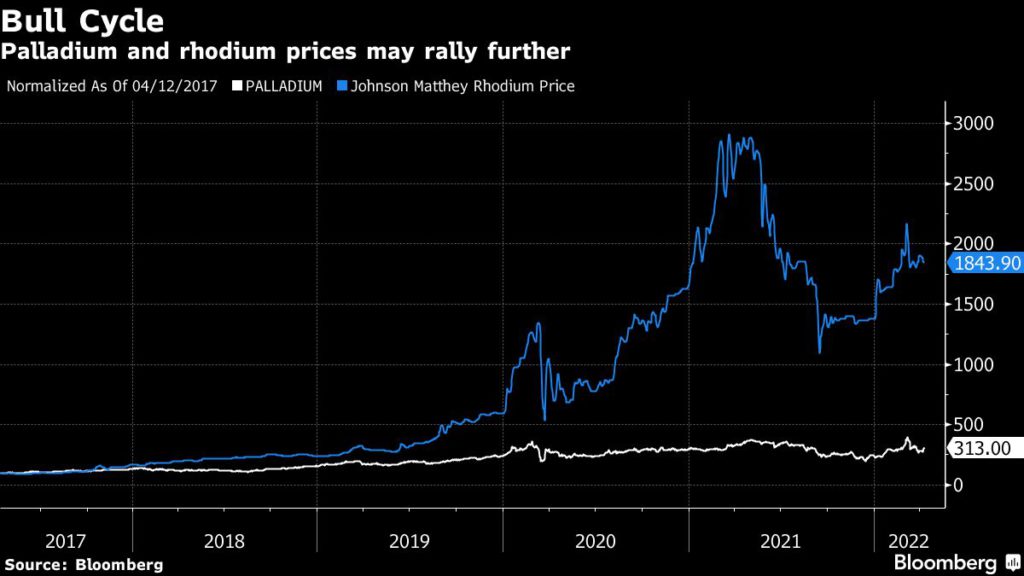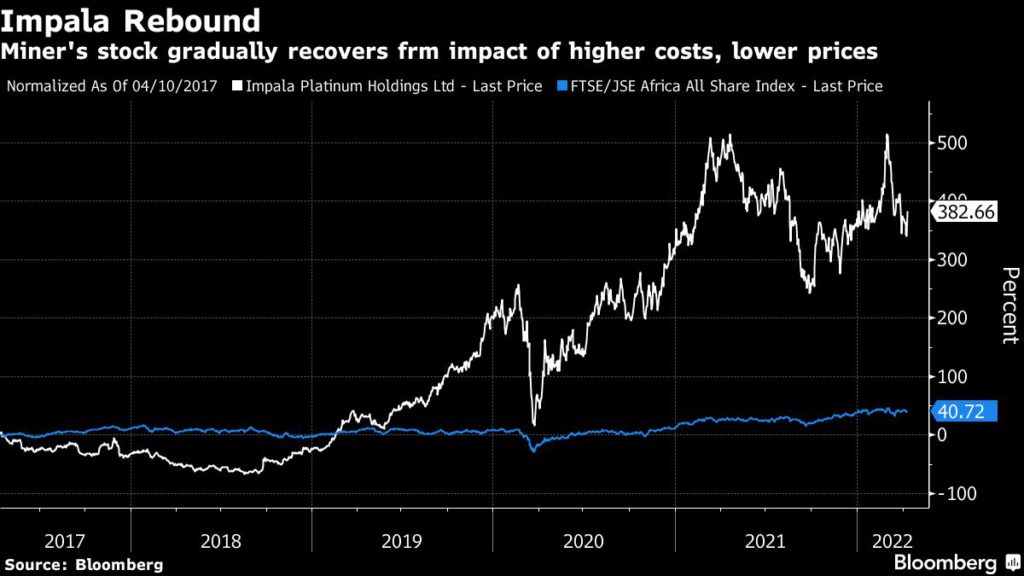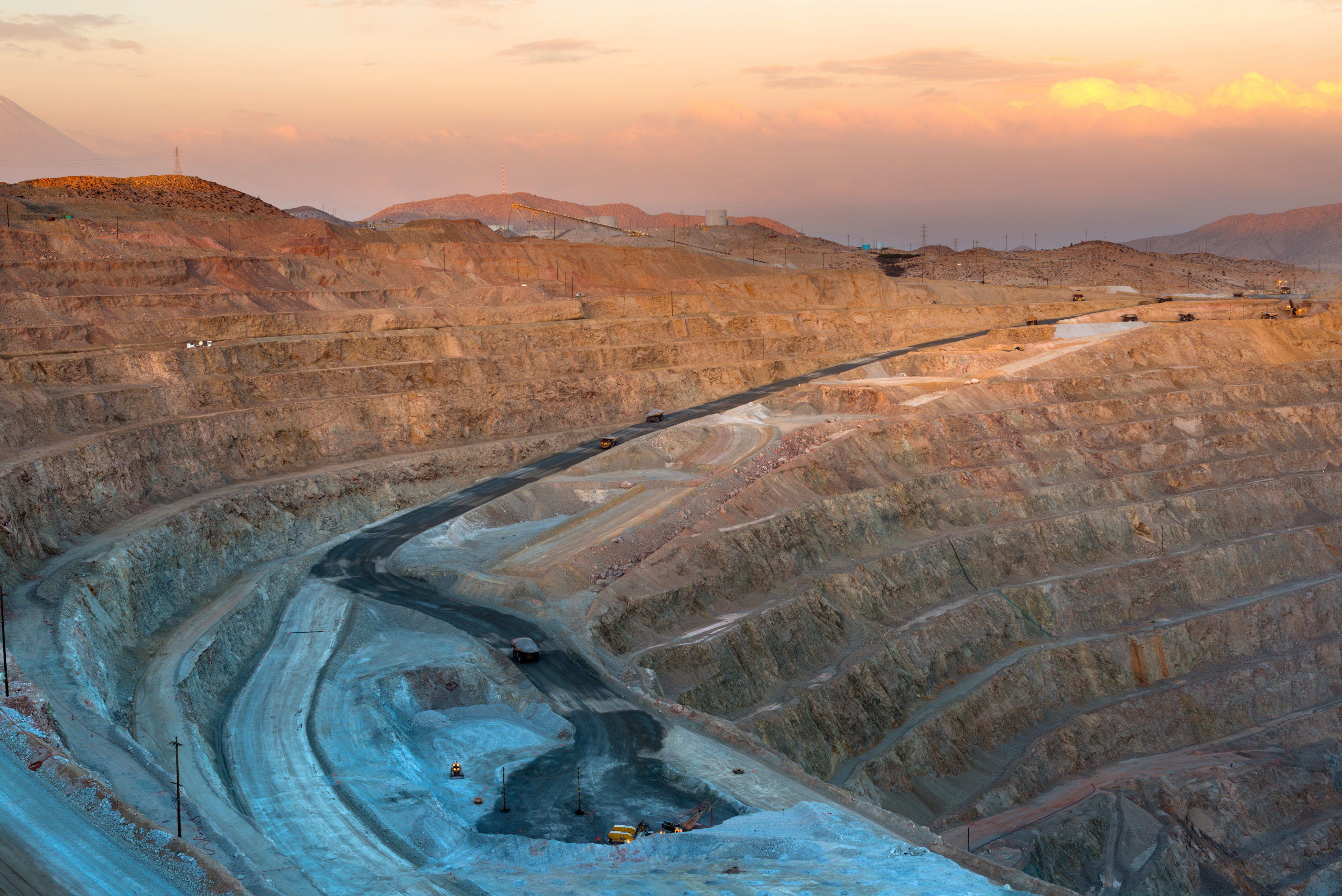Palladium price set to rally for years on shortages, Impala Platinum says
Prices of palladium and rhodium are poised to rally for years as a supply squeeze tightens for the metals that are key to curbing vehicle emissions, said the head of the world’s third-largest producer of platinum group metals
Prices of palladium and rhodium — which are used in catalytic converters — have risen more than 30% this year. The lack of “major investment in new supply” may help support the rally, said Nico Muller, the chief executive officer at Impala Platinum Holdings Ltd.
“We are in a different structural environment at the moment,” Muller said in an interview in his office in Johannesburg on Thursday. “I believe that the fundamental market dynamics are going to provide strong price support for our metals for at least the next four or five years, potentially even longer.”

Palladium prices got another boost on Friday when the London market suspended the only two accredited Russian refiners from minting platinum and palladium for the market. Russia produces about 40% of the world’s palladium and prices have risen on concerns about supply disruptions since the invasion of Ukraine, even though the metal has not been targeted by government sanctions.
Platinum miners have learnt from mistakes of the past when they kept the market oversupplied even as demand dwindled. The dearth of investment in new mining projects over the past few years means supply deficit in palladium and rhodium may persist, Muller said. Meanwhile, tighter regulations to curb pollution from gasoline and diesel cars are boosting the use of PGMs in catalytic converters.
“We are going to break from a tradition where we had short upside,” Muller said, referring to price gains that lasted for only a short time. “We are in a period where the industry and participants are going to have healthy cash flows.”

Still, PGM miners may face near-term risk from a softening of global auto production against a backdrop of rising inflation and ongoing supply chain constraints even though “strong for longer remains the base case,” RMB Morgan Stanley analysts’ said in a note on April 7.
Risks also include China’s renewed Covid-19 restrictions and accelerated substitution in response to high and volatile prices, which could see a palladium deficit of 146,000 ounces switch to a surplus of 200,000 ounces, with the bulk of the oversupply concentrated in the second half of the year, according to Suki Cooper, an analyst at Standard Chartered Plc.
Muller expects re-balancing in movement of the metals with European customers increasingly looking to South Africa for supplies.
“I am convinced that there are some customers right now in the world that say we have no option, but to get palladium from Russia, but do so reluctantly,” Muller said. “In time you are going to see, as soon as a company has defined an alternative supply source, that you may start seeing shifts in supply contracts.”
Platinum prices, for which South Africa is the world’s top supplier, are likely to remain subdued in the medium term until automakers switch from using more palladium in catalytic converters, he said.
(By Felix Njini)
{{ commodity.name }}
{{ post.title }}
{{ post.date }}

Comments